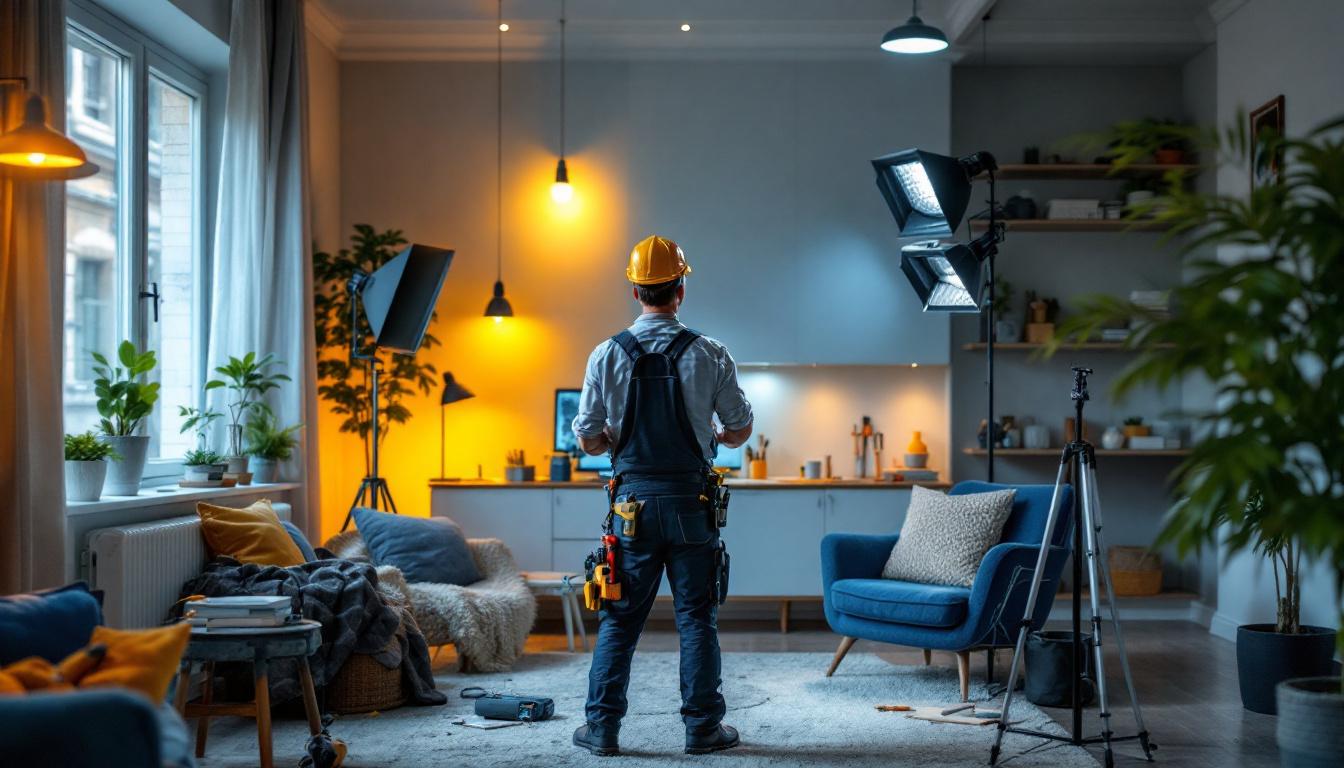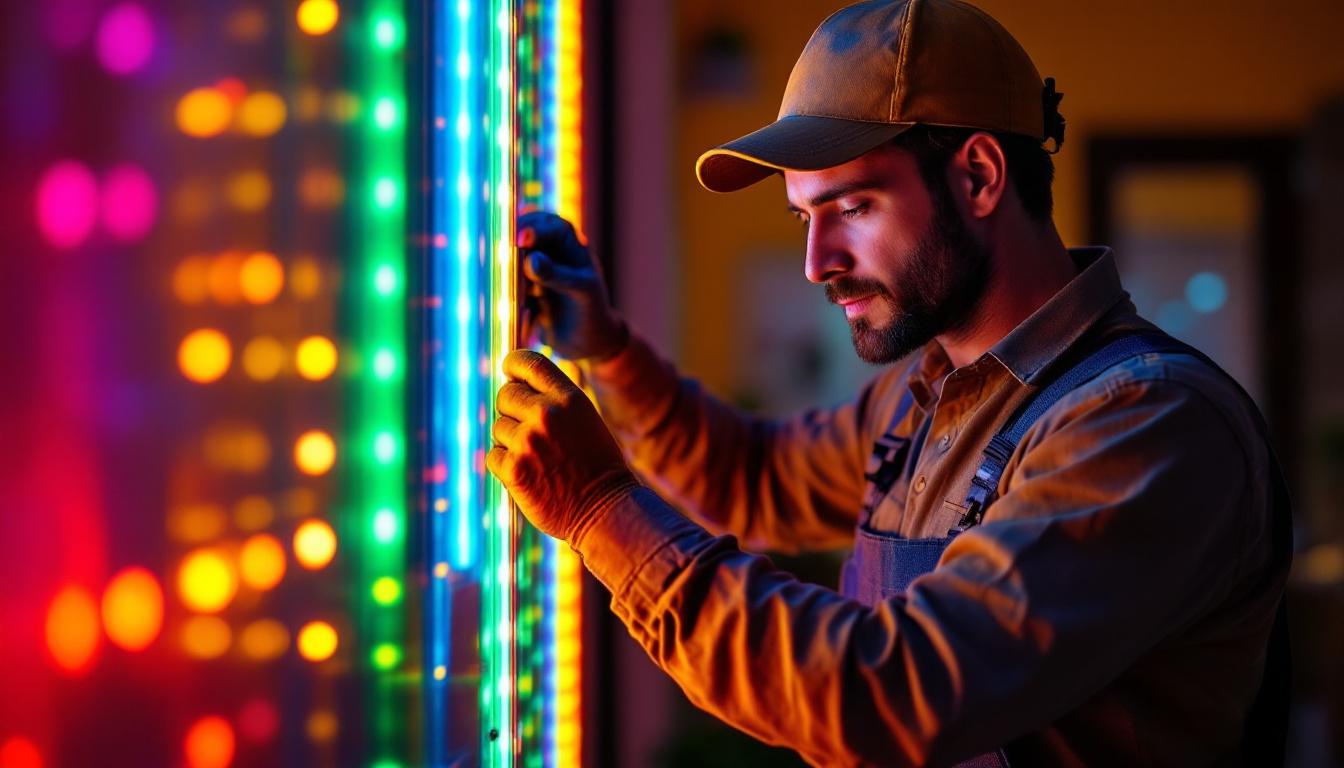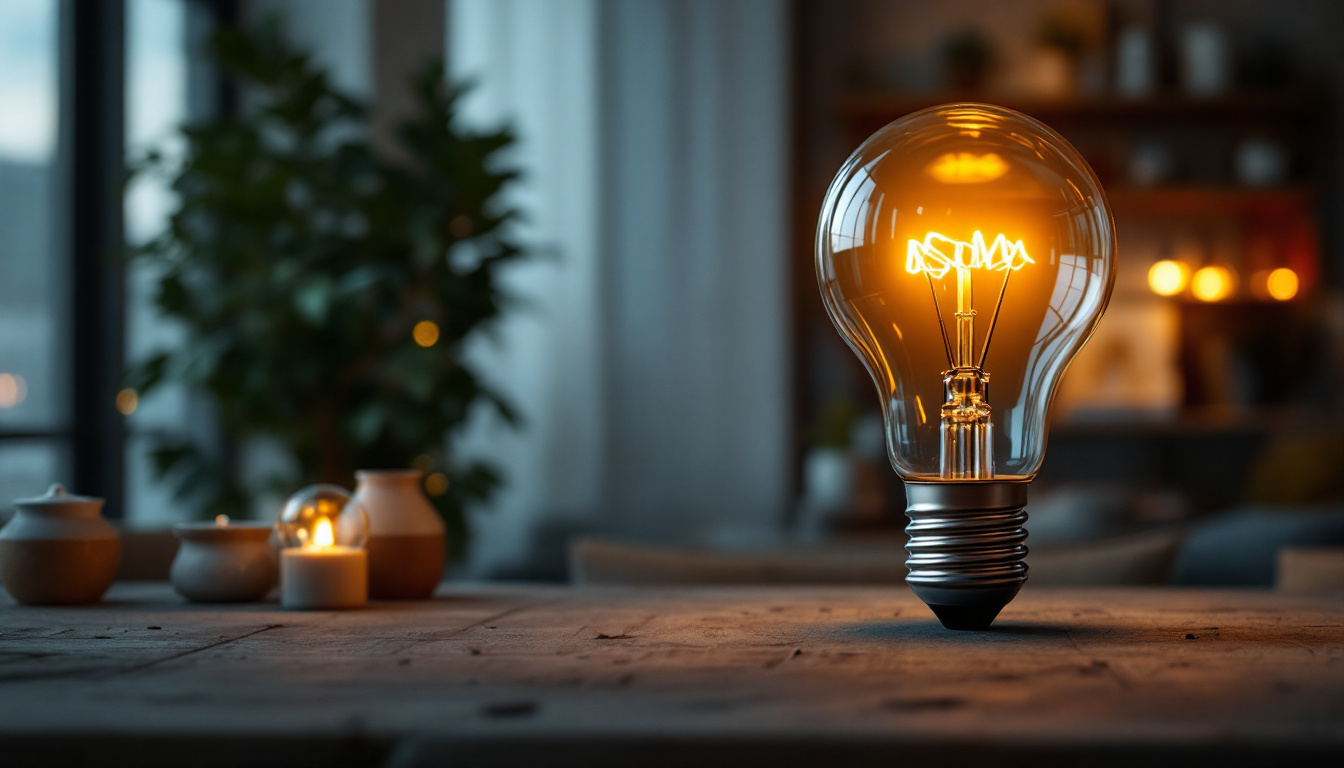
For lighting contractors, ensuring that every project is executed flawlessly requires a systematic approach. A comprehensive checklist can serve as an invaluable tool, guiding contractors through the myriad tasks involved in lighting installation and maintenance. This article presents a thorough checklist designed specifically for lighting contractors, focusing on essential areas such as project planning, equipment selection, installation procedures, and safety measures.
Effective project planning is the cornerstone of successful lighting installations. It involves understanding client needs, assessing site conditions, and developing a timeline that accommodates all phases of the project.
The first step in any lighting project is to have a detailed discussion with the client. This conversation should cover their vision, budget, and any specific requirements they may have. Gathering this information upfront can prevent misunderstandings later and ensure that the final outcome aligns with the client’s expectations.
Additionally, contractors should inquire about the intended use of the space. Whether it’s for residential, commercial, or industrial purposes, the lighting design will vary significantly based on these factors. Understanding the ambiance the client desires will guide the selection of fixtures and lighting techniques. For instance, a cozy, warm light may be preferred for a home setting, while a brighter, cooler light might be more appropriate for a retail environment to enhance product visibility. It’s also beneficial to discuss any future plans the client may have for the space, as this can influence the choice of lighting that is both functional and adaptable.
Once the client’s needs are clear, conducting a thorough site assessment is crucial. This involves evaluating the physical space where the lighting will be installed. Factors such as ceiling height, existing electrical systems, and natural light sources must be considered.
During the assessment, take note of any potential challenges, such as difficult access points or structural obstacles. This information will be invaluable when planning the installation process and selecting appropriate equipment. Furthermore, it’s essential to consider the aesthetic elements of the space, including color schemes and existing decor, as these will influence how the lighting interacts with the environment. The orientation of the building and the surrounding landscape can also affect how natural light enters the space, which should be factored into the overall lighting strategy to create a harmonious balance between artificial and natural illumination.
Creating a realistic timeline is essential for keeping the project on track. Consider all phases of the project, from initial design to final installation and testing. It’s important to factor in potential delays, such as shipping times for fixtures or unforeseen site conditions.
Communicate the timeline clearly to the client and ensure that they understand the various stages of the project. Regular updates throughout the process can help manage expectations and build trust. Additionally, it may be beneficial to schedule milestone meetings to discuss progress and address any concerns that may arise. This proactive approach not only keeps the project on schedule but also fosters a collaborative atmosphere where the client feels engaged and valued. Incorporating buffer time for unexpected challenges can also alleviate stress and ensure that the project remains on course, ultimately leading to a smoother installation experience.
The right equipment can make or break a lighting project. Selecting high-quality fixtures and tools tailored to the specific needs of the project is vital for achieving the desired results.
When selecting lighting fixtures, consider both functionality and aesthetics. Different types of fixtures serve different purposes; for example, recessed lighting is ideal for subtle illumination, while pendant lights can serve as focal points in a room.
Additionally, energy efficiency should be a priority. LED fixtures, for instance, not only consume less power but also have a longer lifespan compared to traditional incandescent bulbs. This can lead to significant cost savings for clients in the long run.
Having the right tools on hand is essential for a smooth installation process. This includes basic tools like screwdrivers and drills, as well as specialized equipment such as voltage testers and circuit analyzers. Ensure that all tools are in good working condition and that any necessary safety gear is available.
Consider investing in advanced tools that can streamline the installation process. For example, laser levels can help ensure precise alignment of fixtures, while wire strippers can make electrical connections quicker and more efficient.
Before starting a project, it’s important to conduct an inventory check. Ensure that all necessary fixtures, bulbs, and accessories are on hand. This can prevent delays caused by last-minute trips to suppliers.
Implementing an inventory management system can help track supplies and anticipate future needs. This not only saves time but also helps maintain budget control by reducing unnecessary purchases.
Proper installation procedures are critical to ensure safety and functionality. Following a systematic approach can help avoid common pitfalls and ensure a successful outcome.
Safety should always be the top priority during installation. Before beginning any electrical work, ensure that the power to the area is turned off. Use voltage testers to confirm that circuits are de-energized.
Additionally, contractors should be familiar with local electrical codes and regulations. Adhering to these guidelines not only ensures safety but also protects against potential legal issues down the line.
When installing fixtures, follow the manufacturer’s instructions closely. This includes proper mounting techniques and ensuring that all electrical connections are secure. Pay attention to the weight and balance of fixtures, especially for larger installations.
It’s also important to test fixtures during installation. This allows for immediate troubleshooting of any issues, ensuring that everything functions as intended before the project is completed.
Once all fixtures are installed, conduct a thorough testing phase. This includes checking for proper illumination levels, ensuring that dimmers function correctly, and verifying that all controls operate as expected.
Make any necessary adjustments to the positioning of fixtures or settings to achieve the desired lighting effect. This is also an excellent opportunity to walk the client through the system, explaining how to operate any controls and answer any questions they may have.
The work doesn’t end once the fixtures are installed. Post-installation considerations are essential for ensuring client satisfaction and maintaining a good reputation.
After installation, conduct a walkthrough with the client. This allows them to see the finished product and provides an opportunity for the contractor to explain the features and benefits of the installed lighting system.
Encourage feedback during this walkthrough. Address any concerns the client may have and provide solutions if necessary. This proactive approach can enhance client satisfaction and foster long-term relationships.
Providing documentation is an important step that should not be overlooked. This includes warranty information for fixtures and any maintenance guidelines. Clear documentation helps clients understand their responsibilities in maintaining the system and ensures they know how to address any issues that may arise.
Consider offering a maintenance plan as part of your services. Regular maintenance can prolong the life of lighting systems and ensure they continue to perform optimally.
After the project is completed, maintain communication with the client. A simple follow-up call or email can go a long way in demonstrating commitment to customer service. This not only helps address any lingering questions but also opens the door for potential future projects.
Encouraging clients to leave reviews or testimonials can also be beneficial. Positive feedback can enhance your reputation and attract new clients.
Safety is paramount in any lighting installation project. Implementing comprehensive safety measures can protect both contractors and clients throughout the process.
Ensure that all team members are equipped with appropriate personal protective equipment (PPE). This includes hard hats, gloves, safety glasses, and non-slip footwear. Proper PPE can significantly reduce the risk of injuries on the job site.
Regular safety training sessions can also reinforce the importance of safety protocols among team members. This helps create a culture of safety that prioritizes the well-being of everyone involved in the project.
Establish clear safety protocols for the job site. This includes marking off hazardous areas, ensuring proper ladder usage, and maintaining clear pathways for movement. Regularly assess the site for potential hazards and address them promptly.
Encourage open communication among team members regarding safety concerns. A proactive approach can help identify and mitigate risks before they lead to accidents.
Being prepared for emergencies is crucial. Develop an emergency response plan that outlines procedures for various scenarios, such as electrical shocks or falls. Ensure that all team members are familiar with this plan and know how to respond effectively.
Having first aid kits readily available on-site is essential. Regularly check and replenish supplies to ensure that the team is prepared for any minor injuries that may occur.
In the world of lighting contracting, attention to detail and a systematic approach can make all the difference. By following this comprehensive checklist, lighting contractors can streamline their processes, enhance client satisfaction, and ensure safety throughout every project.
From project planning to post-installation follow-ups, each step plays a crucial role in the success of lighting installations. By prioritizing communication, quality equipment, and safety measures, contractors can build a solid reputation in the industry and foster long-lasting relationships with clients.
Ultimately, a well-executed lighting project not only transforms spaces but also elevates the contractor’s standing as a trusted expert in the field. Embracing these practices can lead to a thriving business and satisfied clients who will return for future projects.
Ready to elevate your lighting projects with premium quality at unbeatable value? Look no further than LumenWholesale, where we provide contractors with spec-grade lighting products at wholesale prices. Our extensive selection not only meets but exceeds industry standards, ensuring you have access to reliable and high-performance lighting solutions for any installation. Say goodbye to inflated markups and hello to hassle-free bulk buying with free shipping. Don’t compromise on quality or cost—visit LumenWholesale today and discover the perfect blend of quality, affordability, and convenience for your next project.

Discover budget-friendly lighting solutions with expert tips tailored for contractors.

Discover how Exit Sigh simplifies processes for lighting contractors, boosting efficiency and reducing project delays.

Discover expert insights and practical advice from lighting contractors on maximizing the potential of RGB LED technology.

Discover how big light bulbs are revolutionizing the lighting industry with their innovative design, energy efficiency, and enhanced illumination.